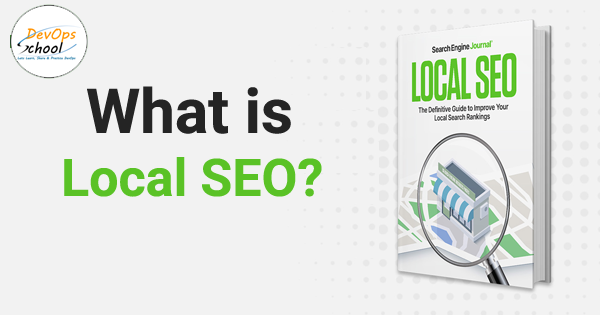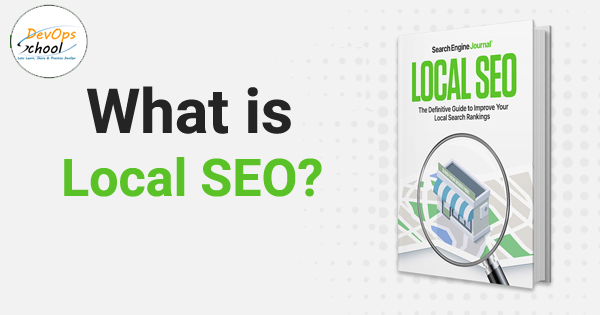
Local SEO refers to the practice of optimizing a website or online presence to improve its visibility and rankings in local search results. It focuses on targeting specific geographic locations to attract relevant local customers. The goal of local SEO is to help businesses appear prominently in the search engine results pages (SERPs) when users search for products, services, or information within a particular area.
Local SEO strategies involve various techniques to improve local search rankings. Here are some key elements of local SEO:
Google My Business (GMB): Creating and optimizing a GMB listing is crucial for local SEO. It provides essential information about a business, such as its name, address, phone number, hours of operation, and customer reviews. Optimizing the GMB profile helps businesses appear in the local map pack, which is a highly visible section of the search results.
NAP Consistency: NAP stands for Name, Address, and Phone number. Consistency in listing these details across all online directories, listings, and platforms is important for local SEO. This consistency helps search engines verify the legitimacy and accuracy of a business’s information.
Local Citations: Citations are mentions of a business’s NAP information on other websites, directories, or platforms, even without linking to the business’s website. Building consistent citations on relevant and reputable websites can improve a business’s local search visibility.
Online Reviews: Encouraging and managing online reviews from customers plays a significant role in local SEO. Positive reviews not only build trust with potential customers but also contribute to improved search rankings. Businesses should actively monitor and respond to reviews, both positive and negative.
Localized Content: Creating high-quality and locally relevant content is important for local SEO. It helps target specific geographic keywords and provides valuable information to local customers. Content can include location-specific landing pages, blog posts, or articles.
On-Page SEO: Optimizing on-page elements like meta tags, headings, and content with local keywords helps search engines understand the local relevance of a website. Including the location in page titles, URLs, and content can improve local rankings.
Mobile Optimization: Given the rise in mobile searches, having a mobile-friendly website is crucial for local SEO. Optimizing the website for mobile devices, ensuring fast loading speeds, and offering a seamless user experience on mobile devices are important factors.
These are just a few elements of local SEO, but implementing them effectively can help businesses increase their visibility in local search results, attract more local customers, and boost their online presence in specific geographic areas.
Digital Marketing Manager at Cotocus
